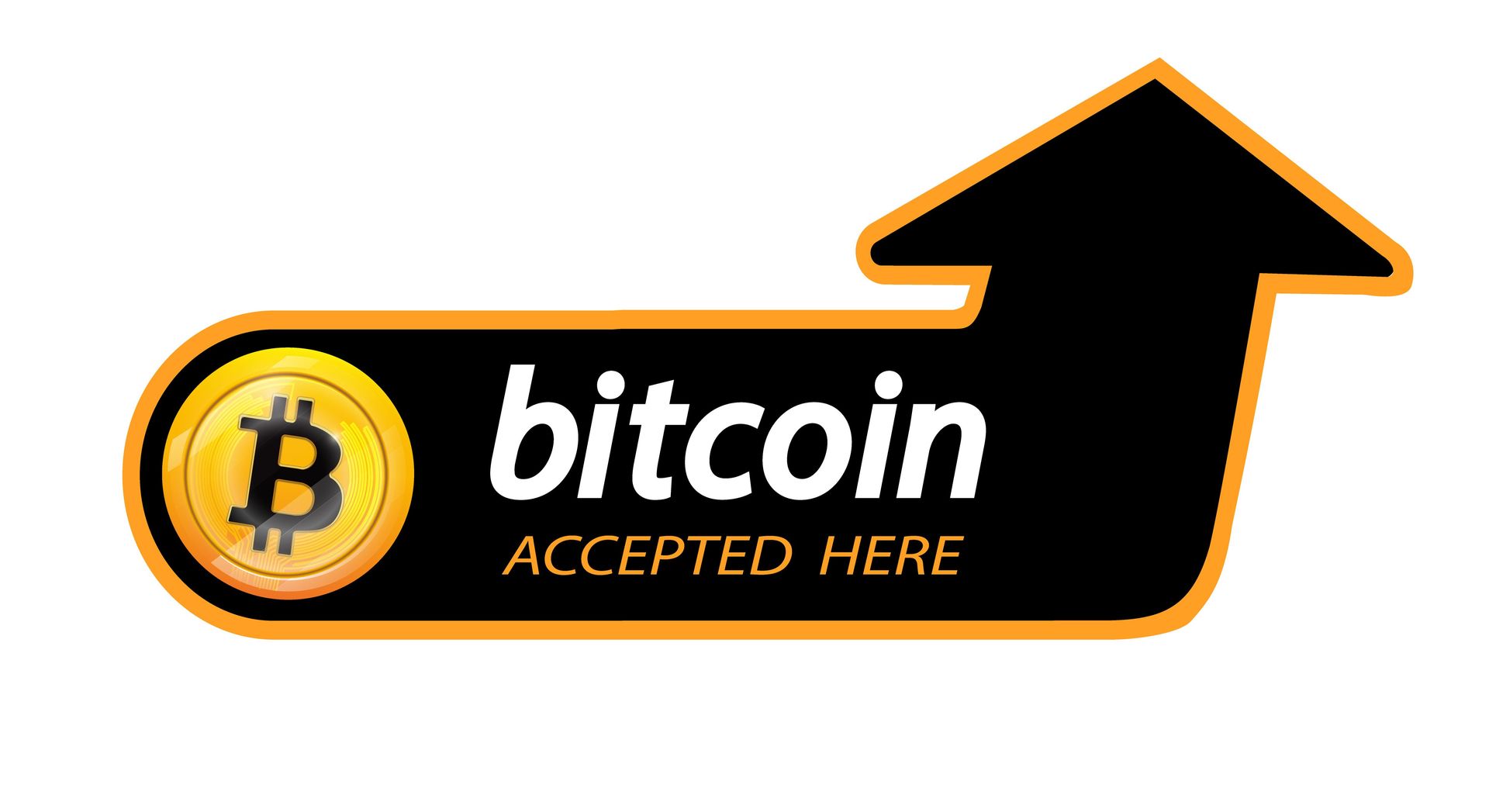Banking on the Future
How Financial Institutions Can Successfully Navigate the Web3 Revolution

As the digital landscape undergoes a shift to decentralized infrastructures powered by AI and
immersive technologies, the banking sector finds itself at a crossroads. Adaptability, innovation,
and collaboration have emerged as the triumvirate of success. Embracing this powerful trifecta
becomes not only a competitive advantage but survival itself. Leadership among legacy banks,
legislators, and regulators has an opportunity to support policies that drive innovation and
cooperation; archaic models will face further digital financial migration to decentralized models
or institutions that support the people.
Over the past two decades, technological advancements have led to the emergence of Web3-
based technologies such as blockchain, NFTs, smart contracts, immersive "metaverse" environments, and artificial intelligence. These technologies transform how individuals and
businesses socialize, learn, work, and transact financially. However, immense, untapped
potential exists for digitalizing, transferring, and safeguarding blockchain assets, presenting a
unique opportunity for many businesses.
Web3: The key to unlocking Web3 potential in banking
The emergence of Web3 promises significant advancements for the banking industry with a
focus on enhanced security, transparency, and growth opportunities.
Increased security and transparency are one of the most immediate advancements from adopting this technology. The inherently decentralized and transparent blockchain technology not only increases security by reducing the risk of fraud and cyber-attacks but also promotes transparency by providing a clear record of transactions that can be accessed by all parties involved.
Technology can also streamline and automate many processes, increasing efficiency and
reducing operational costs. Processes that are complex in their current form, such as loan
approvals or cross-border payments, can be streamlined by smart contracts and DeFi platforms.
Enhanced Quote in a block if we have room
“In addition to creating efficiencies in existing processes, Web3 presents a significant
opportunity for banks to develop innovative financial products and services that lead to new
revenue streams.”
Early-mover advantages and untapped opportunities
In addition to creating efficiencies in existing processes, Web3 presents a significant opportunity
for banks to develop innovative financial products and services that lead to new revenue streams. Early adopting banks can cater to the changing needs of their customers, such as seamless cross-border payments, instant settlements, and fractional ownership of assets. These types of products and services can offer greater convenience, security, and accessibility to customers, in turn leading to increased loyalty and market share.
Traditional exchanges can leverage Web3 technology to increase accessibility for small investors
by reducing transaction costs, improving liquidity, and shortening settlement times. Crypto
exchanges can integrate crypto/equity pairs, expanding their offerings and generating trading
fees. Investment firms can tokenize traditional financial products, providing more secure options
in regulated marketplaces. Hedge and venture funds can tokenize their portfolios, offer fractional ownership, and broaden investor pools. Finally, global retail investors can invest in traditional financial products with minimal capital while accessing new opportunities using fiat or crypto holdings.

Overcoming challenges to mainstream adoption
While there are many compelling reasons to adopt Web3 technologies, Digital Asset
technologies are facing challenges in gaining mainstream adoption, as does any technology early in its lifecycle. Two significant challenges specific to Digital Assets are compliance and
onboarding.
Compliance issues arise as many of these technologies operate in a regulatory gray area, unlike
traditional financial systems that are subject to established regulations and standards. This lack of oversight can expose users to risks they may need help understanding, making it essential for
banks to navigate this landscape carefully and responsibly.
Onboarding presents another challenge, as integrating these new technologies into existing
banking systems requires a delicate balance between innovation and familiarity. Traditional
financial institutions must find a way to adopt these new technologies without disrupting their
established business models while simultaneously providing all the benefits of Web3 and
preserving all the features valued by customers and required by regulators.
Complex onboarding processes, limited bridge security, and the technical knowledge needed to
manage funds using a single seed key can be daunting for everyday users. Therefore, banks must develop user-friendly solutions that can bridge the gap between the old and the new, making the shift to Web3 seamless and accessible for all.
To bring Web3 mainstream, we need clear regulations, a strong focus on UX/UI, and education
of both the TradFi institutions and the developer community. Even the most knowledgeable and powerful influencers within “Crypto” do not understand the existing global economic systems, financial infrastructures, and how large and small institutions actually operate.
Key strategies to navigate digital transformation
Banks striving to stay ahead of the curve and capitalize on the potential of Web3 technology
must adopt a proactive and comprehensive approach to navigate this digital transition effectively.
To succeed, financial institutions should focus on three fundamental aspects of their strategy:
stakeholder collaboration, experimentation, and cultural adoption.
Stakeholder collaboration
Banks should actively engage with various stakeholders within the Web3 ecosystem, including
technology partners, regulators, and other financial institutions. This collaboration can lead to
valuable insights, shared best practices, and the development of standardized solutions, ensuring a smoother integration of Web3 technologies into existing systems and processes.
Experimentation
Embracing experimentation is crucial for banks to identify areas of opportunity and address
potential challenges that may arise during the transition. By establishing innovation labs or
partnering with fintech startups, banks can test and iterate Web3-based products and services in a controlled environment. This process allows financial institutions to refine their offerings and develop effective strategies for scaling and deploying these technologies on a broader scale.
Cultural adoption
To ensure a seamless transition to Web3 technologies, banks must foster a culture of continuous
learning and upskilling among their employees. This includes investing in training programs and other educational resources that enable employees to develop the skills and knowledge needed to navigate the changing landscape. Encouraging cross-functional collaboration and empowering employees to contribute ideas for leveraging Web3 technologies can also help drive innovation and accelerate adoption.
The financial sector stands at a critical juncture, with the Web3 revolution poised to redefine the
industry’s future. Banks can confidently navigate this transformative era by embracing
stakeholder collaboration, experimentation, and cultural adoption. As financial institutions chart
their course through these uncharted waters, the proactive adoption of Web3 technologies will
not only shape their competitive advantage but will also determine their ability to thrive amid the relentless waves of change.
###
Share
LEAVE A MESSAGE





